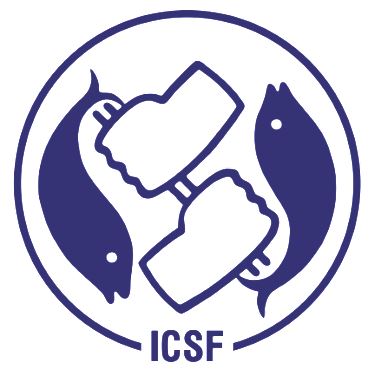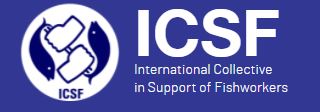Misund, Ole Arve and Hop, Haakon and Quillfeldt, Cecilie von (2025) Area-based management in polar oceans for biodiversity conservation and enhanced sustainability of fisheries. Frontiers in Ocean Sustainability.
Full text not available from this repository. (Request a copy)Abstract
The Polar areas of the Arctic and Antarctic are the coolers of the world. The shallow marginal seas like the Barents Sea and the Bering Sea, are influenced by relatively warm, nutrient-rich sea currents, with associated plankton, from lower latitudes and therefore very productive. In the European Arctic there are rich fisheries for salmonids, clupeoids, gadoids, and of crustaceans. The circulation of the Southern Ocean is dominated by the strong Antarctic Circumpolar Current, and there is a high abundance of plankton, krill, fish, seabirds, penguins, seals and whales. The large Antarctic krill resources are subject to a fishery limited to about 600 000 tons annually. Through the working groups PAME and CAFF of the Arctic Council there are ongoing processes for area-based management in Arctic waters. In the territorial waters of the Arctic nations, many examples exist of different categories of marine protected areas (MPA) with different degrees of protection. For the central Arctic Ocean there is an agreement from 2021 of no fishing for the next 15 years until the potential resources in the area has been properly mapped and assessed scientifically. In the Barents Sea, there is a system of Temporary real-time closures of large areas for Danish seining and bottom trawling to protect juvenile fishes. Through the Antarctic Treaty, the Environment Protection Committee and the Convention of Conservation of Living Marine Resources there are ongoing processes to develop further area-based management in the Southern Ocean. Just two marine protected areas are established, but there are several Antarctic Specially Protected Areas (ASPA) and Antarctic Specially Managed Areas (ASMA), both which may have marine components. There are also proposals for several new MPAs. Recently, large areas in the Weddell Sea were discovered to be spawning habitats for ice fish. This species lay fertilized eggs in a nest on the bottom substrate, and guard them until hatching. Any kind of active bottom fishing gears or other bottom gears would easily disturb and destroy the habitats for these fishes. Thus, such areas need protection to conserve vulnerable biodiversity.
| Item Type: | Articles |
|---|---|
| Keywords: | Arctic, Antarctica, Area Based Management, Marine Protected Areas (MPA), Biodiversity, Conservation, Bottom Trawling, Antarctic Specially Protected Areas (ASPA), Antarctic Specially Managed Areas (ASMA), Fishing Gear, Sustainable Fisheries |
| Subjects: | Biodiversity |
| Depositing User: | Kokila ICSF Krish |
| Date Deposited: | 18 Sep 2025 10:45 |
| Last Modified: | 18 Sep 2025 10:45 |
| URI: | http://icsfarchives.net/id/eprint/22423 |
Actions (login required)
 |
View Item |


